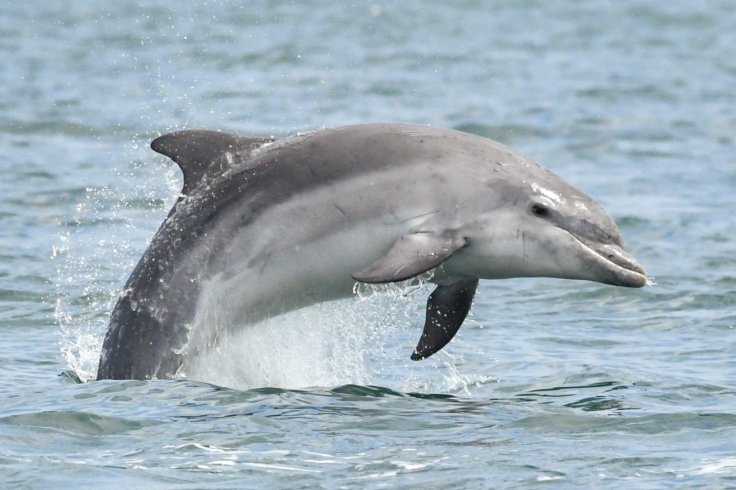A solitary dolphin in Wasaka Bay, Japan, has been blamed for a surge in attacks on swimmers, with experts suggesting that the animal may be acting out due to sexual frustration. Since 2022, more than 45 people have been injured by a dolphin in the area, which is located around 200 miles west of Tokyo. A maritime expert, after analyzing photos and videos of these incidents, believes the same male Indo-Pacific bottlenose dolphin is responsible.

Ryoichi Matsubara, director of the Echizen Matsushima Aquarium in Fukui, stated that the same dolphin is likely behind 16 additional attacks that occurred off the beaches near Mihama and Tsuruga since July 21. Matsubara explained that the dolphin has been seen exhibiting behavior consistent with mating attempts. The dolphin has been observed trying to press its genitals against people in the water in both 2022 and 2023.
Matsubara noted that many swimmers were bitten after approaching or trying to touch the dolphin, which could have triggered the animal's aggressive response. He explained that while the dolphin's actions might stem from mating instincts, they also show that it may have become annoyed or defensive due to human contact.
Putu Mustika, a marine researcher at James Cook University in Australia, emphasized that dolphins can unintentionally harm people while displaying mating behaviors because of their immense strength. "Dolphins, when they are mating, can be very wild," she noted. Mustika suggested that the dolphin's actions might reflect sexual frustration or an attempt to assert dominance.
She added that dolphins are known for their social nature and physical displays of affection or aggression. The dolphin's behavior might be misinterpreted as playful or friendly, leading some swimmers to get too close, putting themselves at risk of injury.
Tadamichi Morisaka, a cetology professor at Japan's Mie University, agreed with the theory that it is likely the same aggressive dolphin involved in these recent incidents. He pointed out that the markings on the dolphin's tail fin resemble those seen on a lone dolphin near the coast last year. "It is rare for dolphins, which usually move in groups, to be alone for such a long time," Morisaka said, supporting the idea that this could be the same individual responsible for the repeated attacks.
Dr. Simon Allen, a biologist with the Shark Bay Dolphin Research project, suggested that hormonal fluctuations, sexual frustration, or a desire to dominate might drive the dolphin's aggressive behavior. "Since they are such powerful animals, this can lead to serious injuries in humans," he said.
With the attacks continuing, experts advise caution for beachgoers in the area and stress the importance of maintaining a safe distance from wild dolphins. While these animals are typically friendly, they can become dangerous under certain circumstances, particularly if they feel threatened or are experiencing stress.









